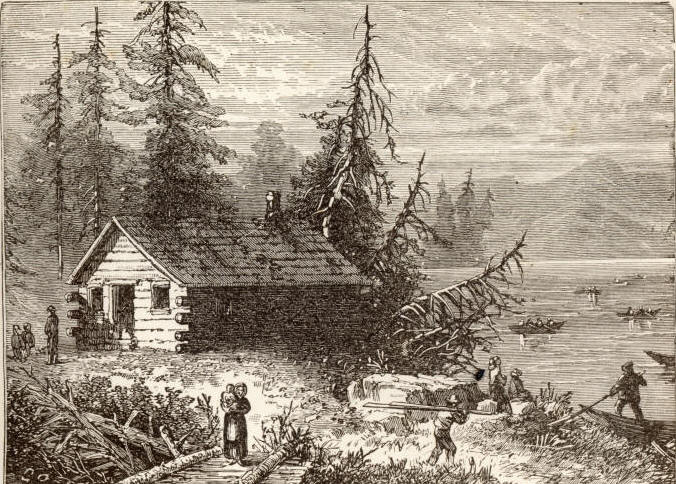Virginia was named for England's "Virgin Queen," Queen Elizabeth I.
 |
| Virginia Flag |
1.The State nickname is "OldDominion"
2.The present state capital in Richmond was also the capital of the Confederacy.
3. The state flower is not a flower it is a tree
 |
| Old Dominion |
The history of America is closely tied to that of Virginia, particularly during the Colonial period. Jamestown, founded in 1607, was the first permanent English settlement in North America and slavery was introduced there in 1619. The surrenders ending both the American Revolution (Yorktown) and the Civil War (Appomattox) occurred in Virginia. The state is called the “Mother of Presidents” because eight U.S. presidents were born there. Link: .Virginia: Map, History, Population, Facts, Capitol, Flag, Tree, Geography, Symbols
10th of the 13 original colonies, Virginia was admitted to the union June 25, 1788.
Over 1/2 the battles fought in the civil war were fought in Virginia. Over 2,200 of the 4,000 battles.
More than 5,000 people died in the 2,200 wars they had.


Virginia's state bird
10th of the 13 original colonies, Virginia was admitted to the union June 25, 1788.
Over 1/2 the battles fought in the civil war were fought in Virginia. Over 2,200 of the 4,000 battles.
More than 5,000 people died in the 2,200 wars they had.
 |
| A Picture From The Virginia War. |
.jpg) |
http://virginiacolony.blogspot.com/p/climate-and-geography.html
Virginia, the first of the thirteen English Coloniesin the New World, is one of the SouthernColonies. Colonists experienced very hot andhumid summers, and mild winters. The fertile soiland plentiful rain made Virginia a great place forfarming. There was lots of bays where ports couldbe made for trade. In the western part of thecolony, the mountains and heavy woods made ithard to make big farms, so they were small, self-sufficient farms.
George Washington's home, Mount Vernon, is located in Virginia.
The population of Colony Virginia in 1750 is 231033
 In a stark new world, Virginia's English colonists were supported by an ancient and familiar tradition – the established church. The law of the land from 1624 mandated that white Virginians worship in the Anglican church (Church of England) and support its upkeep with their taxes. Where religion was an integral part of everyday life in Virginia, the lines blurred between religious and civil authority. Virginia gentlemen, who supported establishment but disliked centralized church authority, gained control of parish vestries and county courts to secure their power over religious matters. Virginia was a very religious. The name "Virginia" is the oldest designation for English claims in North America. In 1584 Sir Walter Raleigh sent Philip Amadas and Arthur Barlowe to explore what is now the North Carolina coast, and they returned with word of a regional king (weroance) named Wingina, who ruled a land supposedly called Wingandacoa. The latter word may have inspired the Queen to name the colony "Virginia", noting her status as the "Virgin Queen."[2][3] On the next voyage, Raleigh was to learn that, while the chief of the Secotans was indeed called Wingina, the expression wingandacoa heard by the English upon arrival actually meant "What good clothes you wear!" in Carolina Algonquian, and was not the name of the country as previously misunderstood.[4]
Music in eighteenth-century Williamsburg was the accompaniment to daily living. The citizens of the colonial capital aspired to the prevailing London fashion and their music, dance and musical instruments were a reflection of this aspiration.
The Reverend Hugh Jones, historian, wrote in 1724, "They live in the same neat Manner, dress after the same Modes, and behave themselves exactly as the Gentry in London." It is not surprising to search the inventories of these early citizens and find listed among their effects spinets, flutes, guitars, violins, violin-cellos, fifes, French horns, drums, harpsichords, organs, harmonicas and pianofortes (pianos) in addition to numerous "parcels of musick."
n 1918, the state floral emblem commonly known as the American dogwood (Cornus florida) was adopted. It was selected to foster a feeling of pride in our state and to stimulate an interest in the history and traditions of the Commonwealth. |


Virginia's state bird